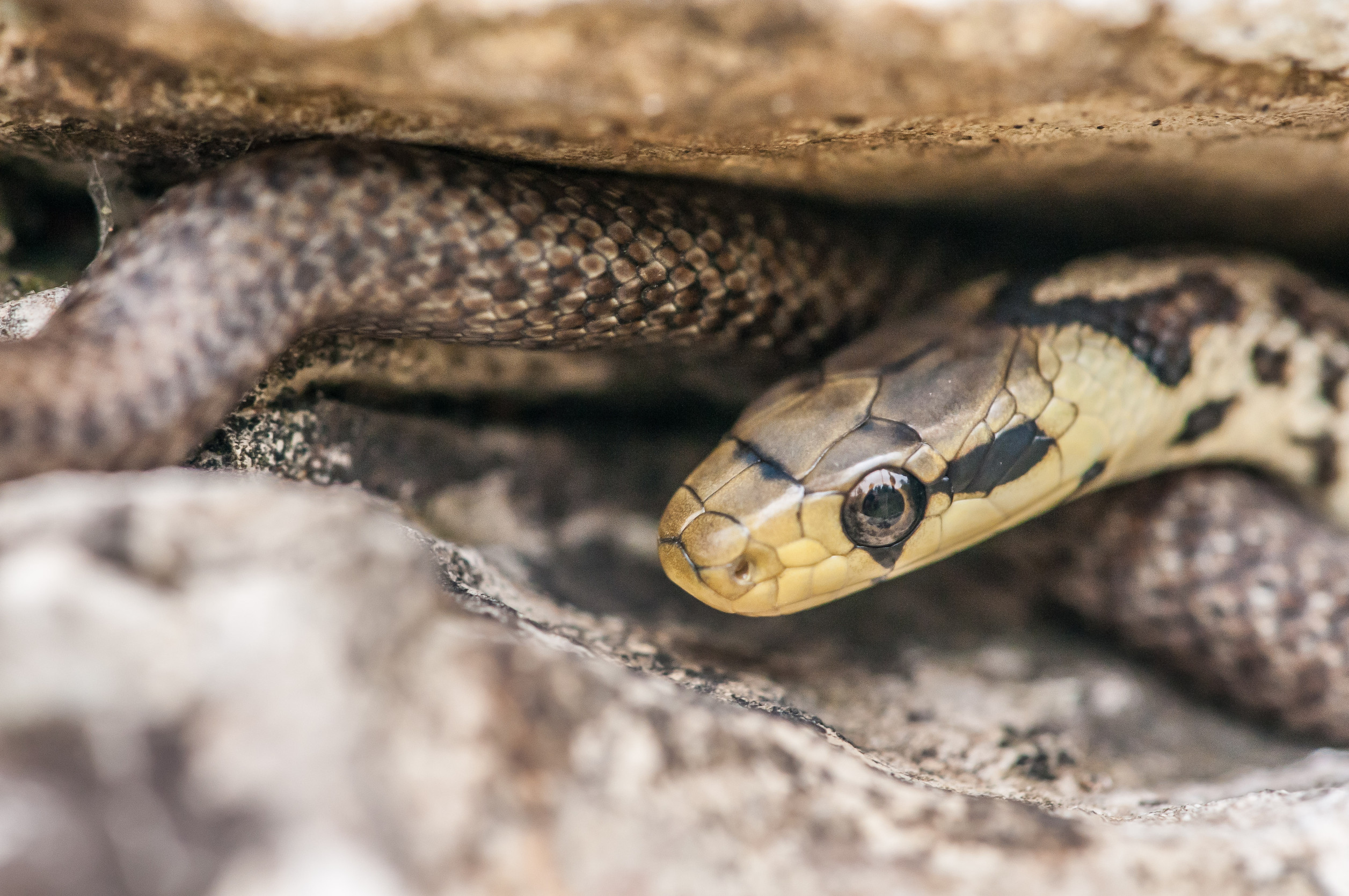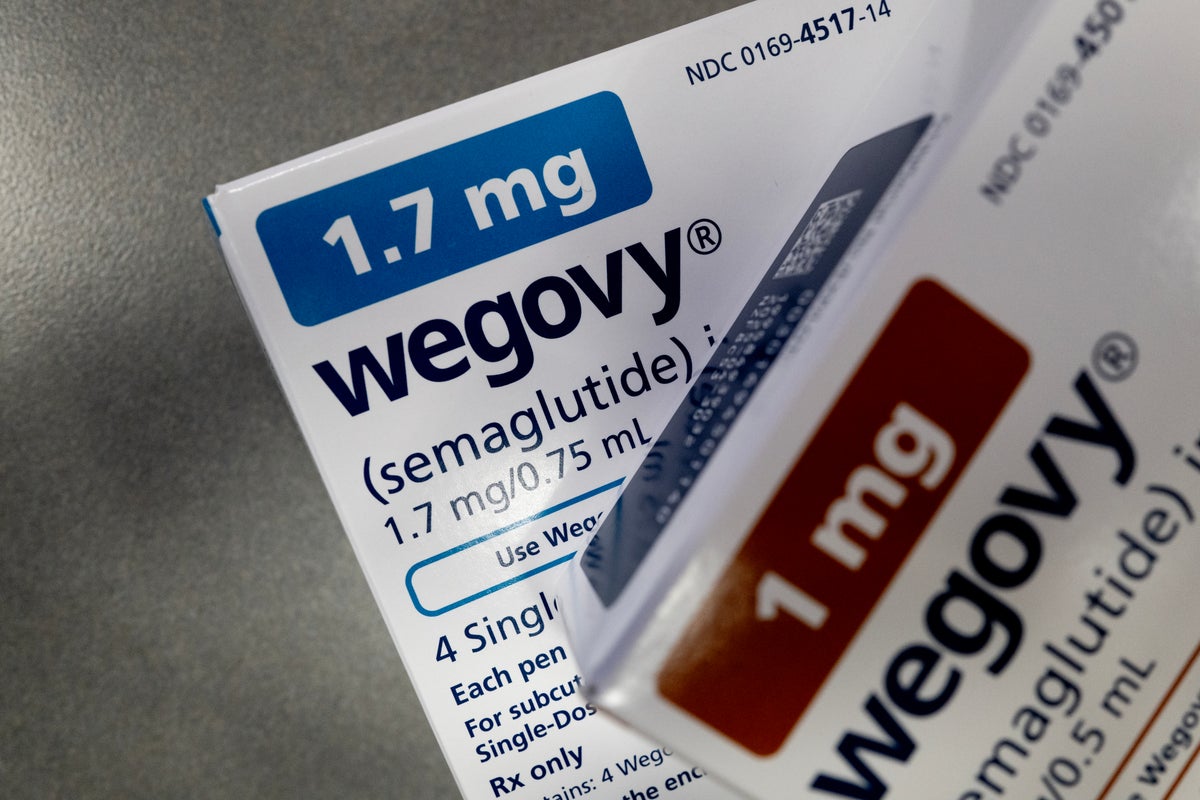Crab sticks, once the rage in the 1980s, still hold a special place on the snack list for many. Whether tossed into salads, rolled into sushi, or simply enjoyed on their own, people love them. However, an eye-opening insight into their production has left some enthusiasts utterly dismayed, with one critic dubbing them "the hot dogs of the sea".
And many are keen to never have them in their home again. These seafood snacks are readily found across supermarkets in the UK and around the world but the path they take to reach shelves has turned some consumers away. In 2023, The Mirror reported that a Thai crab stick factory revealed their manufacturing secrets through a YouTube video (you can see it here ), showing the transformation from unappetising grey blocks to the familiar red-and-white striped sticks seen in shops.

Initially resembling massive, grey, concrete-like slabs, these frozen fish meat blocks undergo several stages before becoming edible. They're first pulverised by machinery into a mushy mix, then carried along a conveyor belt where salt and various spices are infused. Following this, ice, vegetable oil, and sugars are blended in, reports the Daily Record .
The footage shows factory workers funnelling the mixture through a tube, which turns it into a grey paste which is then shaped and coloured to achieve the iconic crab stick appearance. The Thai factory boasts being the globe's largest, churning out 40,000 tons of fish sticks annually - that's quadruple the weight of the Eiffel Tower. It sells to more than 37 nations.
One person quipped on Reddit , calling the product "hot dogs of the sea". Another noted: "The only ingredient I could identify was the ice". Humorously addressing the unappetising hue of crab sticks, a comment read: "Everything ok hun? You've hardly touched your grey.
" Another person remarked: "Bet that place smells wonderful". Another person noted the resemblance of the process to manufacturing non-food items, saying: "If the title hadn't specified they were making crab sticks, or in fact any type of food, I would've gotten to 1:38 before I realised that they weren't making some sort of industrial building material." Contrarily, someone highlighted the traditional aspect: "It's just chopped meat run through a chopper with ice and spice to bind it like a sausage.
Nothing new - humans have been doing this to meat a long time." And it's not just crab sticks causing a stir. Marmite enthusiasts expressed their dismay, claiming they "can't eat it anymore" upon uncovering the ingredients of the divisive spread.
A resurfaced episode of Channel 4's Food Unwrapped from 2023 has left viewers amazed after revealing the surprising origins of Marmite and other yeast products. Presenter Kate Quilton visited a factory in Burton-on-Trent, Staffordshire, to investigate how these popular spreads are made. The programme revealed that yeast cells produce alcohol as they multiply, leaving breweries with up to seven times more yeast than they initially had.
Much of this excess yeast is sold to factories that manufacture yeast extract. Viewers were taken aback to learn that their beloved breakfast staple is actually produced using an alcohol by-product..
Health

Crab stick fans vow 'never again' after watching how seafood snack is made

Crab sticks are a great snack for many but some people have been put off for life after seeing how they are made, branding them 'hot dogs of the sea'















